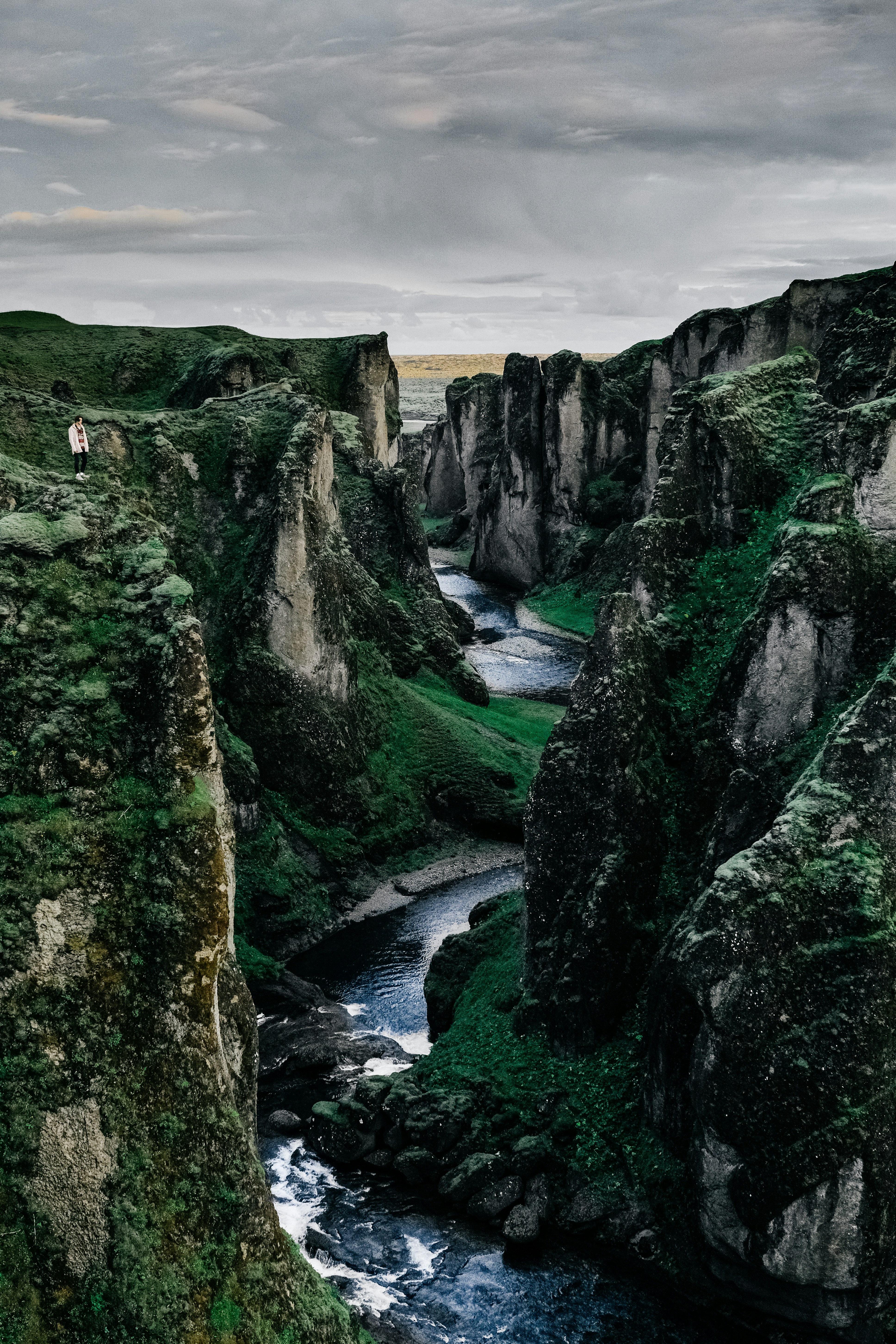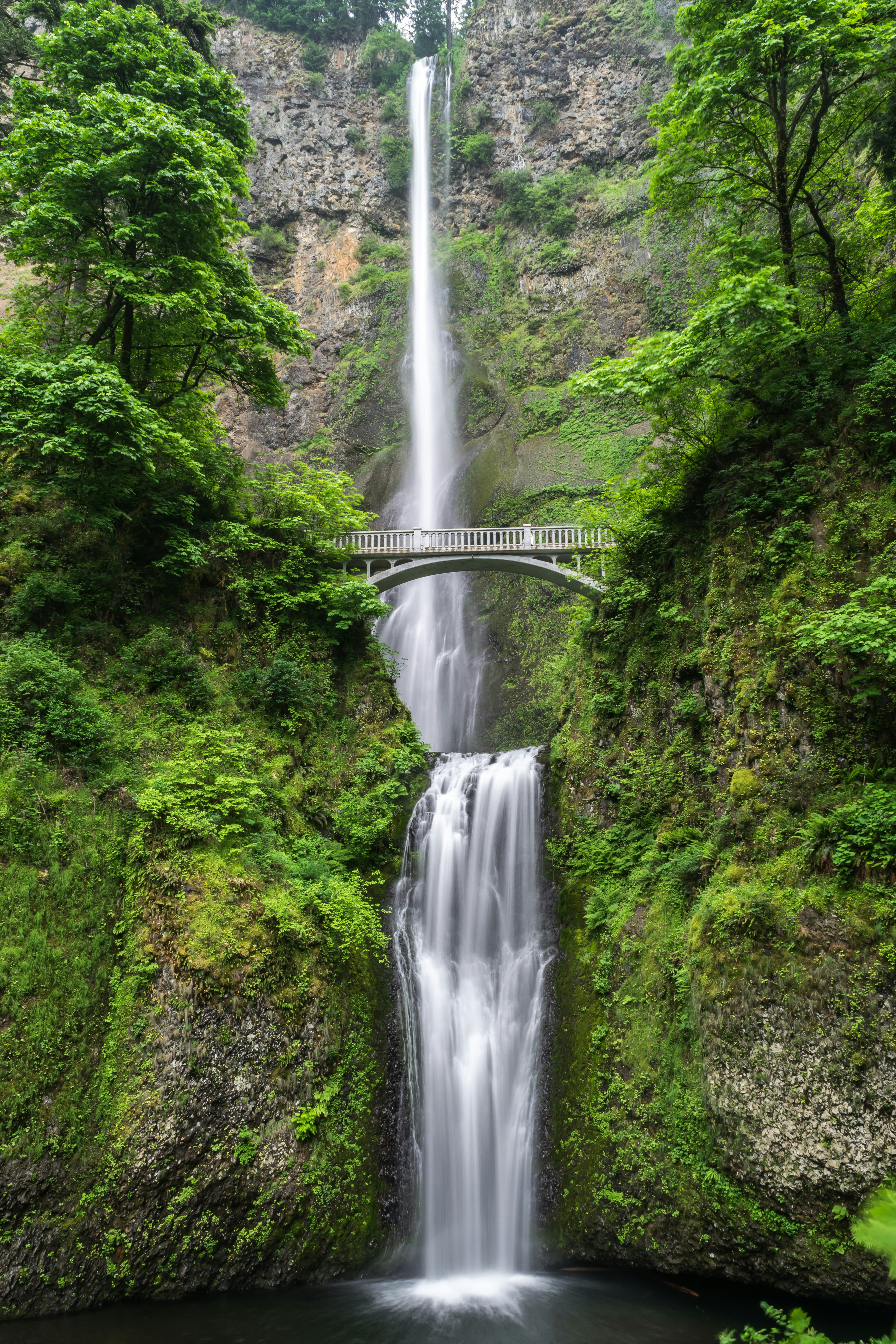Gravel Calculator
Calculate the required amount of gravel for your landscaping or construction project with cost estimation.
Gravel Calculator
Calculate the amount of gravel needed for your landscaping or construction project based on dimensions. This calculator provides estimates for volume, weight, and cost for different types of gravel.
Understanding Gravel: Types, Uses, and Calculations
Gravel is one of the most versatile and widely used materials in construction and landscaping. Its applications range from creating driveways and pathways to drainage systems and decorative landscapes. Understanding how to calculate the right amount of gravel for your project is essential for proper budgeting and planning.
Unlike other construction materials, gravel is typically sold by weight (tons) or volume (cubic yards), making it crucial to convert your area measurements to these units. Different types of gravel have varying densities, which affects weight calculations and ultimately, your project costs.
Quick Facts
- • A standard pickup truck can carry about 1-2 cubic yards of gravel
- • One cubic yard of standard gravel weighs approximately 2,800 pounds (1.4 tons)
- • For driveways, a depth of 4-6 inches is typically recommended
- • Most residential projects require between 3-10 cubic yards of gravel

Different types of gravel can dramatically change the aesthetic of your landscape
Types of Gravel and Their Uses
The term "gravel" encompasses a wide range of materials, each with specific characteristics and ideal applications. Understanding these differences can help you select the right type for your project.
Standard Gravel/Crushed Stone
This is the most common type of gravel, consisting of crushed rock with angular pieces. It compacts well, making it ideal for driveways, walkways, and as a base for construction projects. The angular shape allows pieces to lock together, creating a stable surface.
Density: Approximately 105 pounds per cubic foot
Best used for: Driveways, road bases, drainage
Pea Gravel
Named for its small, pea-sized stones (typically 1/4 inch in diameter), this gravel has a smooth, rounded surface. Its pleasing appearance and comfortable walking surface make it popular for garden paths, playgrounds, and decorative applications.
Density: Approximately 100 pounds per cubic foot
Best used for: Garden paths, playgrounds, landscaping accents
Crushed Limestone
A sedimentary rock, crushed limestone is valued for its light color and excellent drainage properties. It compacts well and is often used as a base layer in construction projects or for driveways and paths.
Density: Approximately 95 pounds per cubic foot
Best used for: Driveways, pathways, garden borders
Slate Chips
These thin, flat pieces of slate offer a unique appearance with their varied colors (often blue, gray, or purple). They don't compact as well as other gravels but are excellent for decorative landscaping.
Density: Approximately 80 pounds per cubic foot
Best used for: Decorative gardens, water features, mulch replacement
River Rock
Larger and more rounded than pea gravel, river rock ranges from 1 to 5 inches in diameter. Its polished appearance comes from natural water erosion, making it aesthetically pleasing for visible landscaping elements.
Density: Approximately 110 pounds per cubic foot
Best used for: Decorative borders, dry creek beds, water features
Planning Your Gravel Project
Proper planning is essential for any gravel project, whether it's a simple garden path or a large driveway. Here's how to approach your project:
Step-by-Step Project Planning
- Measure your area accurately: Use a measuring tape to determine the length and width of your project area. For irregular shapes, break the area into simple geometric shapes and calculate each separately.
- Determine the appropriate depth: Different applications require different depths:
- Driveways: 4-6 inches (10-15 cm)
- Walkways: 2-3 inches (5-7.5 cm)
- Decorative areas: 1-2 inches (2.5-5 cm)
- Base layers: 4-8 inches (10-20 cm)
- Choose the right gravel type: Consider the purpose, appearance, and usage pattern when selecting your gravel type.
- Calculate materials needed: Use our Gravel Calculator to determine exactly how much material you'll need.
- Add contingency: Add 5-10% extra material to account for settling, spillage, and irregular ground.
- Plan for delivery: Determine how the gravel will be delivered and where it will be temporarily stored on your property.
For larger projects, particularly those involving driveways or drainage systems, consider consulting with a professional landscaper or contractor. They can provide valuable insights about local soil conditions, drainage requirements, and material recommendations specific to your area.
Complementary Calculators
For more comprehensive project planning, check out these related calculators:
Installation Techniques and Best Practices
Proper installation is just as important as selecting the right type and amount of gravel. Following best practices ensures your gravel surface will remain stable, drain properly, and look attractive for years to come.
Gravel installation varies based on the application, but generally follows these key steps:
1. Site Preparation
Remove any existing vegetation, rocks, or debris from the area. For weed prevention, consider installing landscape fabric beneath the gravel, especially in garden areas.
2. Create Proper Drainage
Ensure a slight slope (about 2-5%) away from buildings to prevent water pooling. For heavy-use areas like driveways, create a crowned surface that slopes down from the center to the sides.
3. Install Base Layers
For driveways and pathways, start with a compacted sub-base of larger crushed stone (typically 2-4 inches) before adding the finishing layer of gravel.

4. Edge Containment
Install edge restraints (metal, plastic, wood, or stone) to prevent gravel migration, especially for pathways and decorative areas.
5. Apply Gravel in Layers
For deeper applications, add gravel in 2-3 inch layers, compacting each layer before adding the next one. This creates a more stable surface.
6. Compact Properly
Use a plate compactor for larger areas or a hand tamper for smaller spaces. Proper compaction reduces settling and creates a more solid surface.
Pro Tips for Long-Lasting Gravel Surfaces
- • Geotextile fabric: Install landscape fabric beneath gravel in areas prone to mud or weed growth
- • Maintenance schedule: Plan to add a thin new layer every 1-2 years to replenish what's been lost
- • Winter considerations: In snowy climates, mark the edges of gravel driveways to prevent snowplow damage
- • Transition areas: Create smooth transitions between gravel and other surfaces to prevent tripping hazards
- • Dust control: For driveways, consider occasional application of calcium chloride to reduce dust in dry conditions
Environmental Considerations and Sustainable Practices
Gravel is often considered one of the more environmentally friendly surfacing options, especially when compared to concrete or asphalt. However, there are still important considerations to keep in mind for minimizing environmental impact:
Environmental Benefits
- • Permeability: Gravel allows water to percolate into the ground, reducing runoff and helping to recharge groundwater
- • Heat reflection: Unlike dark asphalt, lighter gravels reflect heat, reducing the urban heat island effect
- • Local sourcing: Gravel is often available locally, reducing transportation emissions
- • Longevity: With proper maintenance, gravel surfaces can last indefinitely with occasional topping up
- • Reusability: Gravel can be reused or repurposed for other projects
Environmental Considerations
- • Quarrying impact: Gravel extraction can disrupt landscapes and ecosystems
- • Dust production: Unsealed gravel surfaces can create dust, affecting air quality
- • Migration concerns: Without proper edging, gravel can spread into lawns, streams, and storm drains
- • Weed control: Chemical weed control methods can leach into groundwater
- • Accessibility issues: Gravel surfaces can be challenging for wheelchairs, strollers, and some mobility aids
Sustainable Gravel Practices
To maximize the environmental benefits of gravel while minimizing negative impacts, consider these sustainable practices:
- Source responsibly: Choose suppliers that practice responsible quarrying and land restoration.
- Use recycled materials: Consider recycled concrete aggregate or crushed recycled glass as alternatives to virgin gravel.
- Implement proper drainage: Design gravel installations to work with natural drainage patterns, filtering water as it returns to the soil.
- Control erosion: Use gravel strategically to prevent soil erosion on slopes and in water-prone areas.
- Maintain organic edges: Where appropriate, allow some mixing of gravel edges with vegetation to create habitat transitions.
- Choose natural weed control: Opt for landscape fabric, mechanical weeding, or heat treatment rather than chemical herbicides.

Proper gravel installation can enhance natural landscapes while providing practical surfaces
For projects near sensitive ecosystems or waterways, consider consulting with a landscape architect or environmental specialist to ensure your gravel installation supports rather than harms the local environment.
Cost Considerations and Budgeting
The cost of gravel projects can vary significantly depending on material type, quantity, delivery distance, and regional pricing. Understanding these factors can help you budget effectively and avoid surprises.
As of 2023, gravel costs typically range from $10 to $50 per ton or $15 to $75 per cubic yard, depending on the type and quality. However, these prices can fluctuate based on location, availability, and economic factors.
Average Costs
- • Standard Gravel: $10-30 per ton
- • Pea Gravel: $15-40 per ton
- • Crushed Limestone: $20-30 per ton
- • Slate Chips: $40-80 per ton
- • River Rock: $40-45 per ton
- • Delivery Fee: $50-150, depending on distance
Factors Affecting Total Project Cost
Material Quality and Type
Decorative and specialty gravels (like marble chips or lava rock) cost significantly more than standard construction gravel. Consider whether the premium appearance justifies the additional expense for your project.
Quantity Discounts
Many suppliers offer volume discounts, with per-ton prices decreasing as order size increases. For large projects, request quotes from multiple suppliers and ask about bulk pricing.
Delivery Costs
Delivery can add significantly to the total cost, especially for small orders or long distances. Some suppliers waive delivery fees for orders above a certain threshold. Calculate whether it's more economical to make multiple smaller purchases with higher delivery fees or one large order.
Additional Materials
Don't forget to budget for supplementary materials like landscape fabric, edging, and base materials. These can add 10-30% to your total project cost but are essential for a professional result.
Labor Costs
If hiring professionals, labor costs typically range from $40-100 per hour or $1.50-$3.00 per square foot for gravel installation. DIY installation saves on labor but requires time, proper tools, and physical effort.
Seasonal Pricing
Gravel prices may fluctuate seasonally, often being more expensive during peak construction months (spring and summer). Planning your project for the off-season (late fall or winter in many regions) might yield better pricing.
Cost-Saving Strategies
- • Compare suppliers: Get quotes from at least three different suppliers
- • Consider recycled options: Recycled concrete aggregate can be 20-40% less expensive than virgin gravel
- • Coordinate with neighbors: Share delivery costs by ordering together with neighbors planning similar projects
- • Phase large projects: For budget constraints, consider completing your project in sections over time
- • Rent equipment: For DIY installation, tool rental is typically more economical than purchasing
- • Ask about remnants: Some suppliers offer discounted rates for leftover materials from large orders
Maintenance and Long-Term Care
One of the advantages of gravel surfaces is their relatively low maintenance requirements compared to other materials. However, some regular care is necessary to keep your gravel installation looking its best and functioning properly.
Regular Maintenance Tasks
Raking and Leveling
Periodically rake your gravel surface to redistribute material that has shifted due to use, weather, or runoff. Pay particular attention to high-traffic areas and spots where water tends to pool.
Frequency: Monthly for driveways and paths; seasonally for decorative areas
Weed Management
Even with landscape fabric, some weeds will eventually appear in gravel installations. Remove them promptly before they establish deep root systems or go to seed.
Frequency: Every 2-4 weeks during growing season
Replenishment
Gravel naturally compacts and some material is inevitably lost over time due to traffic, cleaning, and weather. Add new material as needed to maintain proper depth.
Frequency: Every 1-3 years, depending on usage
Seasonal Maintenance
Spring
- Remove debris that accumulated over winter
- Check for and repair areas of erosion from spring rains
- Redefine edges that may have blurred during winter
- Apply pre-emergent weed control if desired
Summer
- Monitor and remove weeds during peak growing season
- Apply dust control treatments during dry periods if needed
- Check irrigation systems to ensure they're not washing away gravel
Fall
- Remove fallen leaves and organic matter before winter
- Prepare drainage channels for winter precipitation
- Address any low spots before freezing temperatures arrive
Winter
- Mark edges of driveways for snow removal
- Use care when shoveling or plowing to minimize gravel displacement
- Avoid using salt-based de-icers which can damage underlying soil
Troubleshooting Common Gravel Issues
Related Calculators
Complete your project planning with these helpful calculators:
Gravel Calculator: Frequently Asked Questions
Important Disclaimer
This calculator was built using AI technology and, while designed to be accurate, may contain errors. Results should not be considered as the sole source of truth for important calculations. Always verify critical results through multiple sources and consult with qualified professionals when necessary.